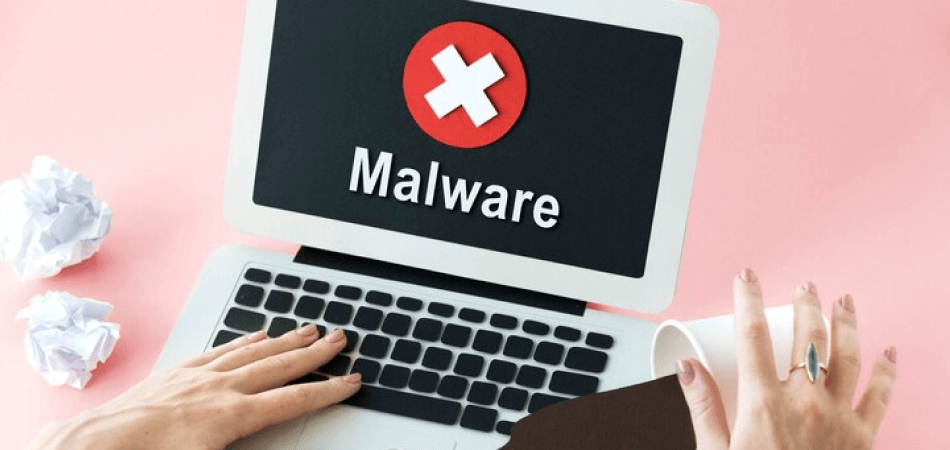
The rise in ransomware attacks in recent years
The rise in ransomware attacks over recent years represents a significant and growing threat to both businesses and individuals worldwide. This trend has been driven by several factors, including the increasing digitization of assets, the proliferation of easy-to-use ransomware tools among cybercriminals, and the lucrative nature of the ransom payments. Below, we explore the implications of this trend and the broader impact it has on various sectors.
1. Financial Loss: Beyond the ransom payments, which can reach into the millions of dollars, businesses often face substantial financial losses due to operational downtime, data recovery efforts, legal fees, and potential fines for data breaches. A report by Cybersecurity Ventures predicted that ransomware damages could cost the world $20 billion in 2021, up from $325 million in 2015, indicating a drastic increase in financial impact.
2. Operational Disruption: Ransomware attacks can cripple critical infrastructure, leading to significant operational disruptions. For instance, attacks on healthcare facilities can delay surgeries and emergency services, while attacks on municipal systems can disrupt public services ranging from water supply to transportation.
3. Reputational Damage: Companies that fall victim to ransomware attacks often suffer reputational damage, leading to lost business and a decline in consumer trust. Restoring this trust requires time and investment in public relations and cybersecurity improvements.
4. Data Breach and Privacy Concerns: Many ransomware attacks involve data theft before encryption, putting sensitive customer or business information at risk and potentially violating data protection regulations such as GDPR in Europe or CCPA in California.
How Ransomware Works
Ransomware operates by exploiting vulnerabilities in computer systems to encrypt files, making them inaccessible to the owner until a ransom is paid. The process of a ransomware attack can be broken down into several key stages, from initial infection to the demand for ransom. Understanding these stages is crucial for both prevention and remediation efforts.
1. Infection
The first stage involves the initial infection of the computer or network. Ransomware can infect systems through a variety of methods:
Phishing Emails: Malicious emails containing infected attachments or links are among the most common vectors. When the attachment is opened or the link is clicked, the ransomware is downloaded to the computer.- Exploit Kits: These are automated threats that exploit known vulnerabilities in software or operating systems. Visiting a compromised website can trigger an exploit kit to download ransomware if the system is not up-to-date.
- Remote Desktop Protocol (RDP) Attacks: Cybercriminals exploit weak or stolen credentials to gain remote access to a computer or network and manually install ransomware.
- Malvertising: Malicious advertising can redirect users to malicious websites or directly download ransomware onto their system.
2. Execution
Once the ransomware has been successfully downloaded onto the victim’s computer, it executes itself, often without the user’s knowledge. It may begin by attempting to escalate its privileges within the system to gain access to more files and resources.
3. Encryption
The ransomware scans the computer’s hard drive and possibly accessible network drives for files to encrypt. It uses strong encryption algorithms to lock files, making them inaccessible without a decryption key. Typically, ransomware targets files with extensions associated with documents, images, videos, and databases, as these are likely to be valuable to the user.
4. Exfiltration
Some sophisticated ransomware variants also steal data from the infected system before encrypting the files. This adds an additional layer of threat, as attackers can threaten to release the stolen data online if the ransom is not paid, increasing the pressure on victims to comply.
5. Ransom Demand
After encryption, the ransomware displays a ransom note on the victim’s computer screen or in the directories containing encrypted files. This note explains that the files have been encrypted and provides instructions on how to pay the ransom, often in a cryptocurrency like Bitcoin to maintain the attacker’s anonymity. The note may also include a deadline, with the threat that files will be permanently deleted or the ransom will increase if not paid in time.
6. Payment and Decryption
The final stage involves the victim paying the ransom in the hope of receiving a decryption key from the attackers. However, payment does not guarantee decryption, and many security professionals and law enforcement agencies advise against paying ransoms, as it incentivizes further attacks.
Prevention and Response
Understanding how ransomware works is the first step in defending against it. Key prevention strategies include:
- Keeping software and operating systems up-to-date to close vulnerabilities.
- Educating users about the risks of phishing emails and suspicious links.
- Regularly backing up important data and storing it offline or in a separate network.
- Employing reputable antivirus and anti-ransomware solutions.
- Implementing network security measures, such as firewalls and intrusion detection systems.
Examples of past security breaches
1. WannaCry (2017)
WannaCry was a global ransomware attack that affected over 230,000 computers in more than 150 countries. The ransomware exploited a vulnerability in Microsoft Windows systems, spreading rapidly across networks and encrypting files. Notably, it severely impacted the UK’s National Health Service (NHS), causing widespread disruption to healthcare services, including the cancellation of surgeries and appointments. The attack highlighted the importance of keeping software updated to prevent exploitation of known vulnerabilities.
2. NotPetya (2017)
NotPetya initially appeared to be a ransomware attack but was later identified as a state-sponsored act of cyberwarfare primarily targeting Ukraine, although it spread globally. It exploited the same vulnerability as WannaCry, along with other methods, to infect systems. NotPetya caused billions of dollars in damage across various sectors, including shipping, healthcare, and financial services. Companies like Maersk, Merck, and FedEx reported significant disruptions and financial losses due to the attack.
3. Colonial Pipeline (2021)
The Colonial Pipeline attack was one of the most significant ransomware incidents in the United States, targeting the largest fuel pipeline in the country. The attack led to a temporary shutdown of the pipeline, causing widespread fuel shortages and panic buying along the East Coast. The attackers, believed to be from a criminal ransomware gang called DarkSide, reportedly received a $4.4 million ransom payment from Colonial Pipeline to restore access to their systems.
4. Baltimore City Government (2019)
The City of Baltimore experienced a devastating ransomware attack that affected its email systems, payment services, and other networked services. The attackers demanded a ransom in Bitcoin, which the city refused to pay. The attack resulted in millions of dollars in recovery costs and significant disruption to city services, highlighting the vulnerabilities in municipal systems and the challenges of recovery from ransomware without paying the ransom.
5. Garmin (2020)
Garmin, a global technology company known for its GPS technology and wearable fitness trackers, suffered a ransomware attack that took down its website, customer support, and other services for several days. The attack reportedly involved the WastedLocker ransomware, and Garmin is believed to have paid a multi-million dollar ransom to recover its data and restore services, although the company has not officially confirmed the payment.
Conclusion
The fight against ransomware requires a multifaceted approach that includes technical security measures, regular backups, cybersecurity training, and a strong incident response strategy. Understanding the mechanics of ransomware, recognizing the signs of a potential attack, and knowing how to respond if an infection occurs are all crucial components of a robust cybersecurity posture. By prioritizing awareness and prevention, individuals and organizations can significantly reduce the risk of falling victim to ransomware and mitigate the impact of any attacks that do occur.



